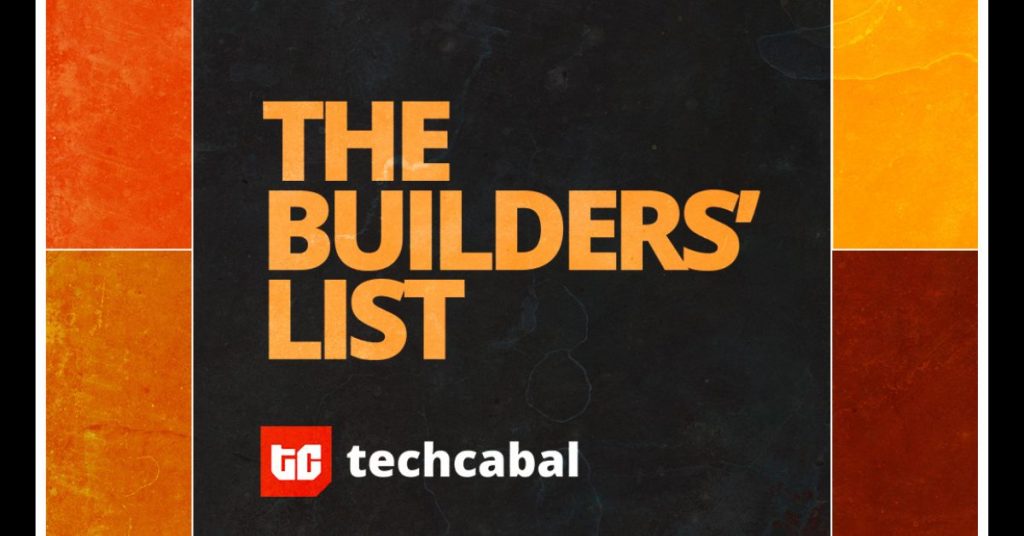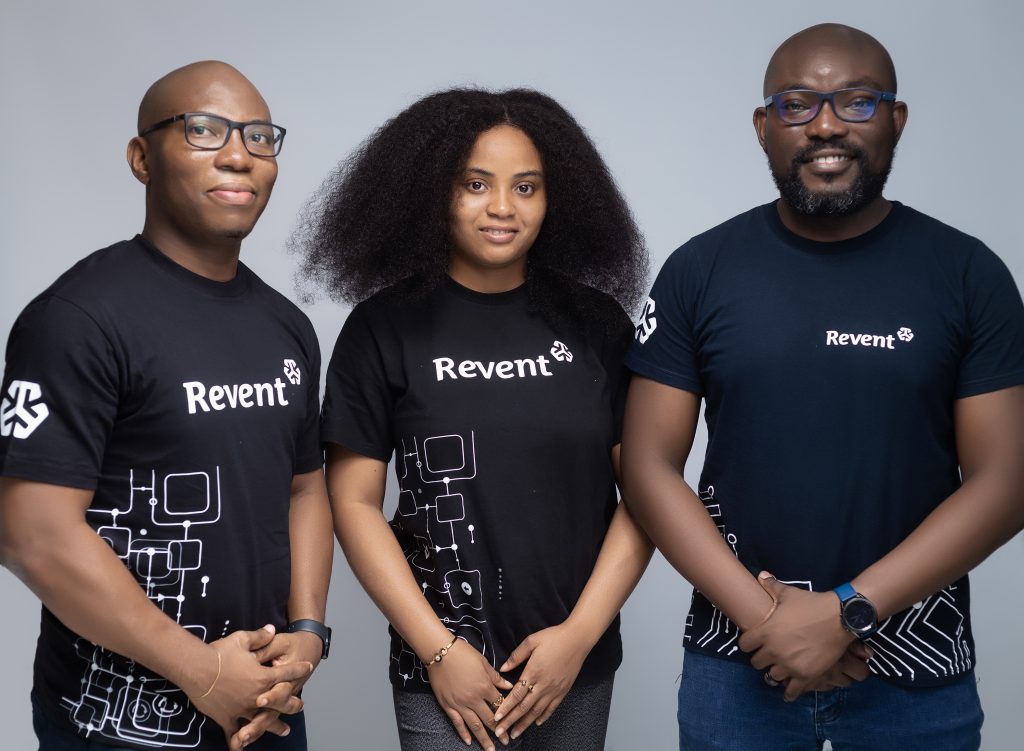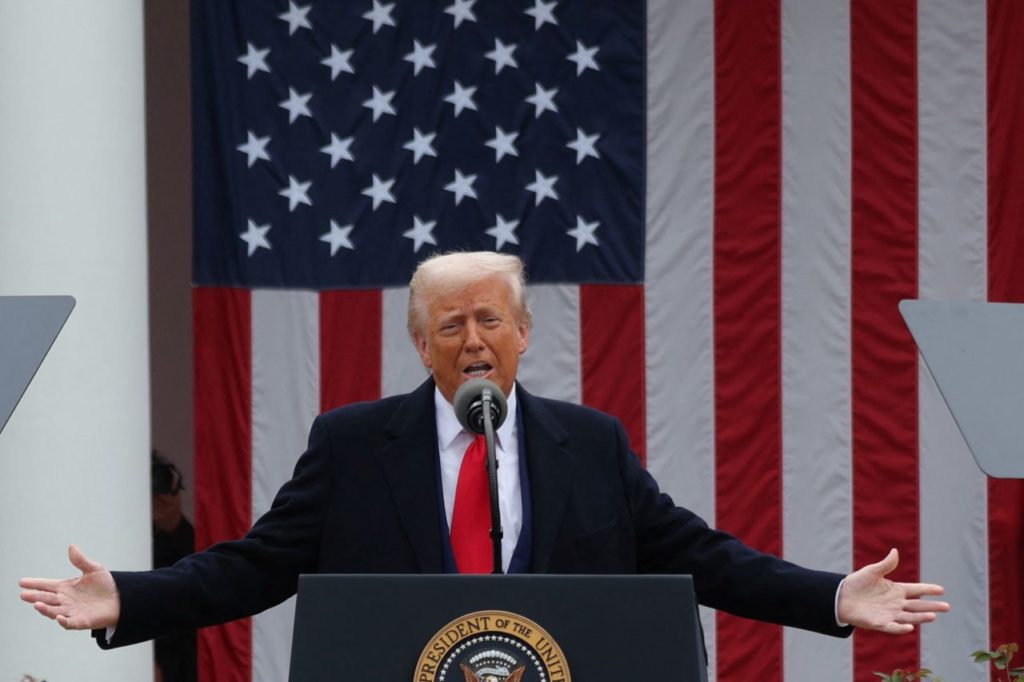
Introduction: Have you ever worked hard on a project only to realize that it wasn’t welcoming to everyone? That happened to me when a tester pointed out that my app lacked “accessibility support”. I was initially confused, but then I learned that it’s about making apps usable for everyone, especially those with disabilities. This article will explore why accessibility is crucial in Flutter Apps and how you can easily add it to yours.
Accessibility ensures that technology can be used by everyone, regardless of their abilities. In Nigeria, a country with diverse languages, cultural contexts, and varying levels of internet connectivity, building accessible Flutter apps is essential for inclusive digital experiences.
“Why Accessibility Matters: Accessibility includes ensuring screen readers can understand your app, providing high-contrast options for better visibility, and offering an all-inclusive way of interacting with the app. By making your app accessible, you are not just following rules; you’re making sure everyone feels welcome and included.”
Simple Steps to Improve Accessibility in Flutter
1. Help Screen Readers Understand: Use tools like the Semantics widget to describe what each part of your app does and make sure images and buttons have clear labels to enable screen readers to tell users what they are.
a. Adding semantic labels to text and image widgets
| // Text Widget Text( title, semanticsLabel: title, style: TextStyles.bold24, ), // Image Widget Image.asset( ‘assets/…//c76c7bbc41.mjedge.net/.png’, width: 130, height: 130, semanticLabel: “Logo”, ), |
b. Adding a tooltip for button widgets
| // Icon Button widget IconButton( onPressed: () { }, tooltip: “Next page button”, icon: const Icon( Icons.arrow_forward, ), ), |
c. Wrapping other widgets with a Semantics widget and adding the label
| Semantics( label: ‘Sign Up Button’, child: AppTextButton( onTap: () {}, buttontext: “Sign Up”, ), ), |
2. Make It Easy to See:
- Offer options for high-contrast colors to help people with vision problems see your app better.
- Choose colors that make words and symbols visible. This is especially true for people who may have trouble seeing certain colors.
3. Test and Improve:
- Use tools like the Accessibility Inspector in Flutter, Appium Inspector, and others to find and fix any issues.
- Get feedback from people with disabilities to ensure your app is easy for everyone to use.
Conclusion: Making your Flutter app accessible is not just a technical requirement but a social responsibility in Nigeria. By embracing inclusivity, developers can create apps that serve all Nigerians, regardless of ability, location, or background.
Author: Oladapo Olatubosun










